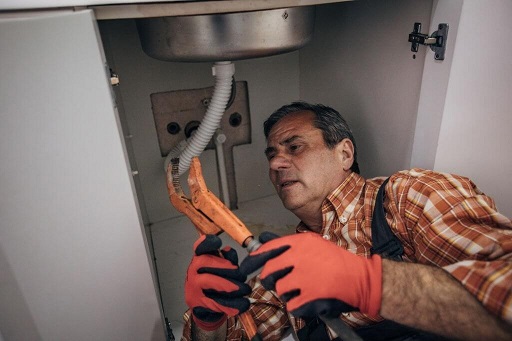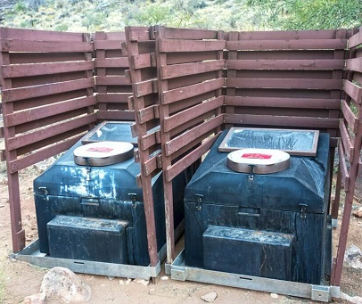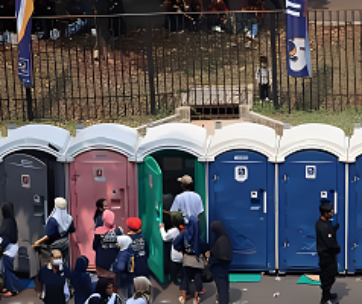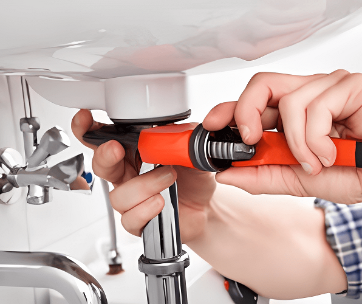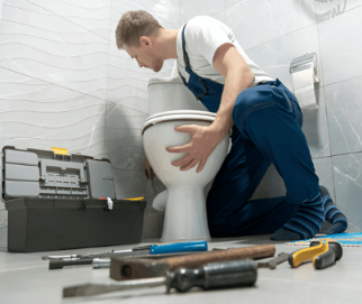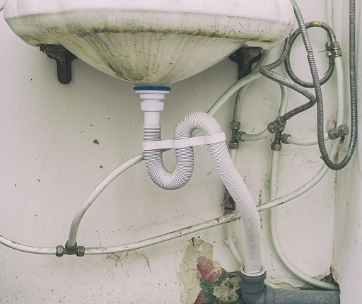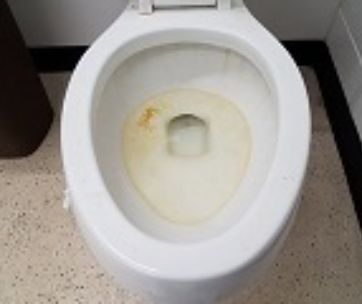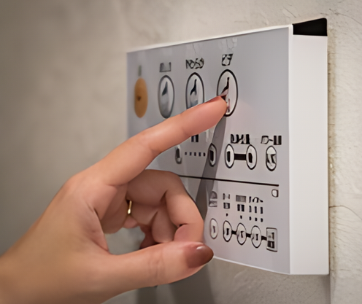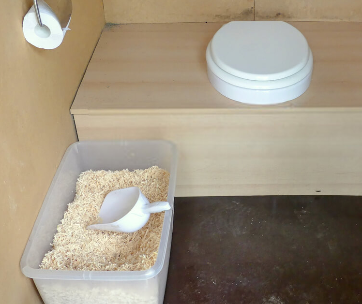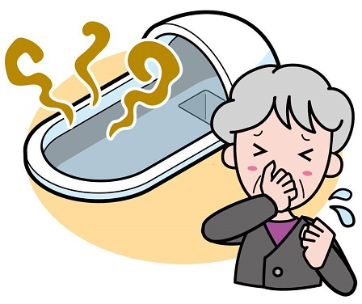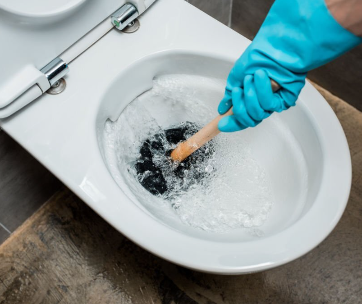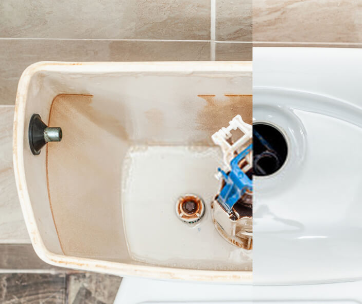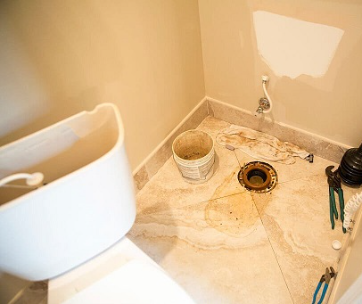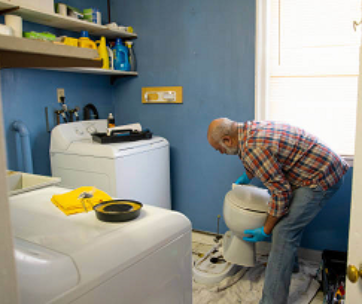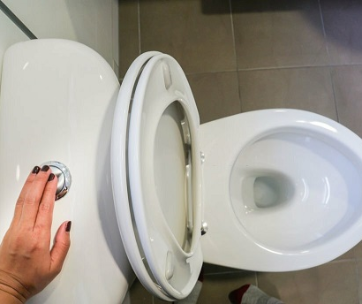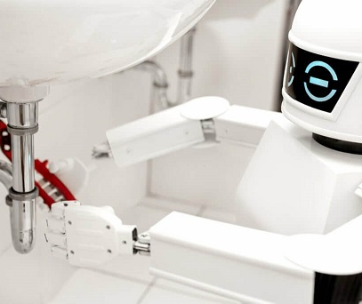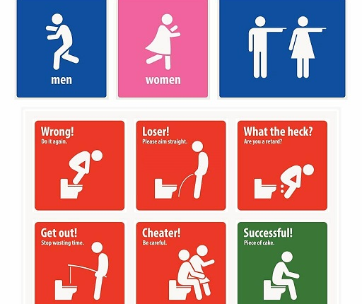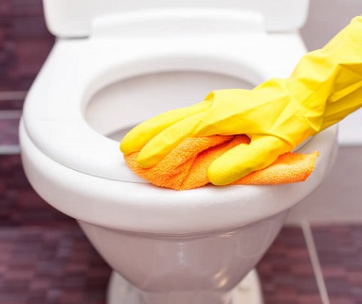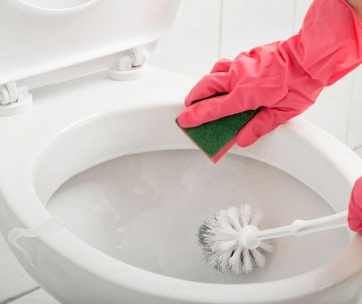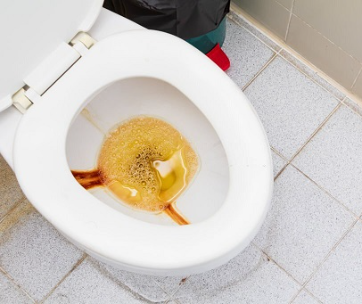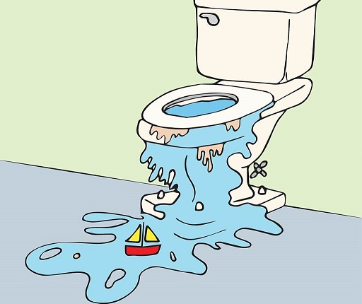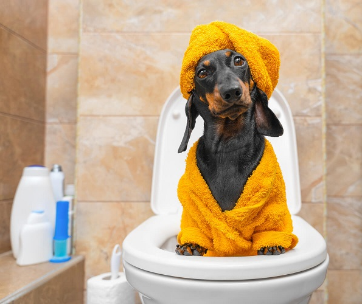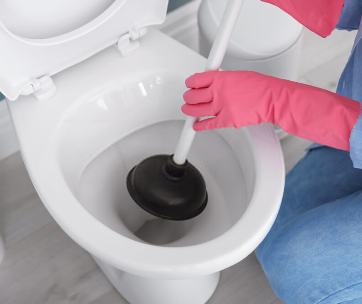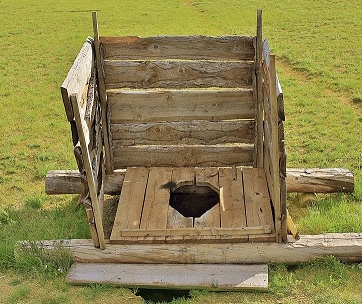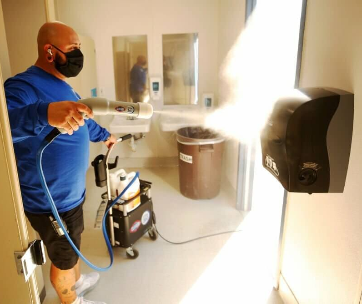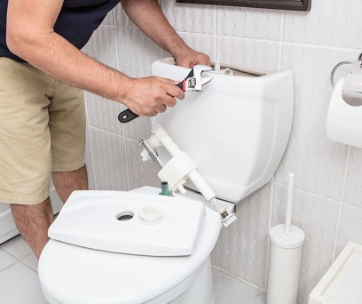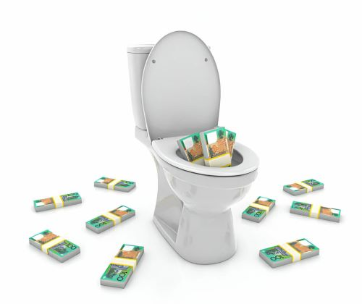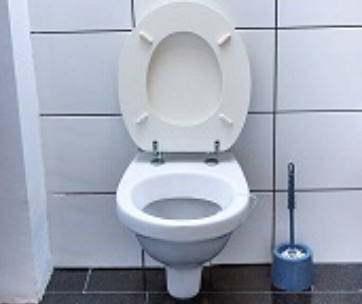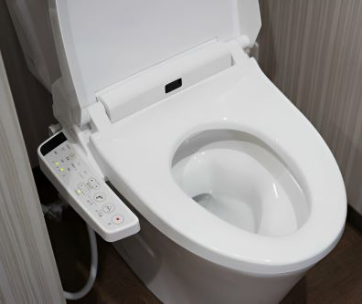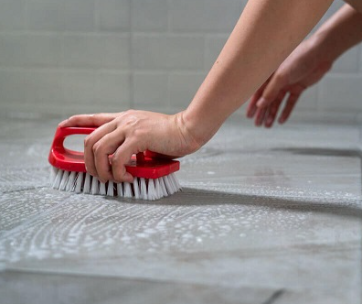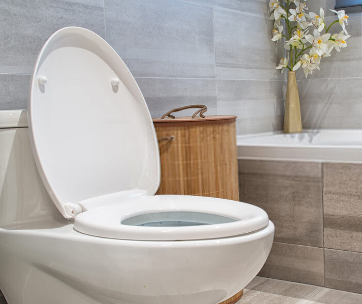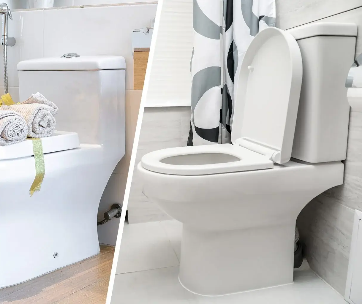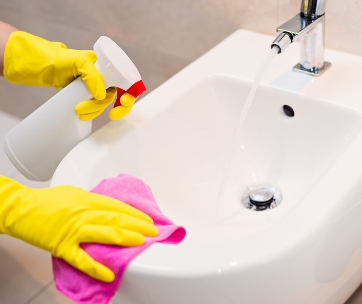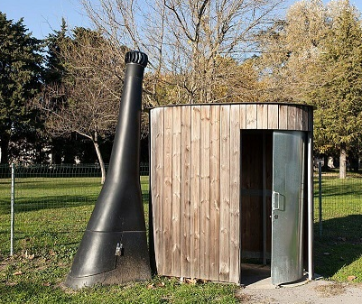Modern day toilets are made to last for so long; with the average toilet lasting 15-25 years if well-maintained.
Interestingly the toilet bowls are made of water and stain resistant vitreous clay. This ensures that just regularly cleaning the bowl with detergent will have them good to go for a number of years. In contrast, toilet tanks which are the other exposed part of a toilet are made of strong plastic or vitreous clay and require only regular wiping to keep off dust pile up.
The durability of toilets however does not necessarily mean that regular malfunctions and toilet problems are not likely to occur. Over time, multiple problems are bound to come up. Some of the problems occur naturally due to deteriorating parts and others as a result of human errors. Luckily, unlike what most people’s first assumption would be, majority of the toilet problems do not require the attention of a professional to fix.
With a little guidance you will be capable of diagnosing and fixing toilet problems on your own without spending even a nickel. In this article we have gone ahead and highlighted the common toilet problems as well as how to go about fixing them without a plumber.
Take a look;
1.Toilet leaks
One of the most common toilet problems experienced in the average household is toilet leaks. As it goes, leaks can be in form of water constantly running into the toilet bowl even when you don’t flush or when water over flows to the overflow tube after the tank is full.
We will explain both scenarios.
a)Running toilet
If you’ve ever heard your toilet refill by itself, and wondered who flashed it, water leaking to the toilet bowl is almost certainly the likely cause.
However, if you have a toilet with a silent refill it would be difficult to notice water constantly running into the toilet bowl. With that you might end up with gallons of water wasted down the drain and an abnormally high water bill.
To assist with identifying a constantly running toilet, here is an experiment you should do;
- Step 1-flush the toilet and let the toilet tank fill
- Step 2- once the tank is full drop a colored toilet cleaner tablet in the tank
- Step 3- let it dissolve for a couple of minutes then check the bowl for color stains
If the water in the bowl is colored you have a problem in your hands. It means that the stained water has been released into the bowl despite the fact that the tank is already full and no attempt to flush has been made.
The most likely cause for this problem would be a knot in the chain that holds the flapper; preventing the flapper from fully covering the drain, an object on the flapper seat or a hardened flapper that’s lost its flexibility.
Solution
Of course, you’re solution of choice will have to match the cause of the problem that you have identified. You will need to drain the tank and clean the flapper seat to ensure it fits well.
If there is a knot in the chain, you simply have to untie the knotted chain; and if the flapper is worn out, you will need to replace it with a new one.
b)Water overflow
In the event that the occurrence of your water leakage is that water overflows to the overflow tube the most likely cause is either a faulty fill valve or a stuck float cup.
To paint a clear picture for you, normally water in the toilet tank stops flowing in when it reaches a height of around two inches to the opening of the overflow tube. If the fill valve is loose it will leave space for more water to continue flowing into the tank even after it fills. And if the float is stuck half way, it won’t close the fill valve once the tank is full; which in turn results in water leakage.
Solution
The remedy for this would be checking if the float moves freely to close the fill valve or tightening the fill valve to ensure it blocks water passage when the tank is full. If the overflow continues once you have done both, the most advisable next step is to replace the whole fill valve with a new one.
2.Clogged toilet
Clogs are caused mostly be people flushing other objects down the toilet other than waste and tissue. In the average household, kids are usually the culprits as far as flushing foreign objects *read toys* down toilets bowls is concerned. However, adults have also been known to dispose un-flushable wipes down the bowls.
Sometimes these items successfully find their way into sewer systems without a problem. However, continual disposal of such foreign objects, can lead to a buildup which blocks the passage of waste and leads to a clog.
At the same time, sometimes it just takes the disposal of one extra-large foreign object to result in a toilet clog.
While a clogged toilet is by far the most dreaded toilet problem, the reality is that as scary as a clog looks, it is actually still easy to solve.
Solution
To clear a clog you will simply need three vital items. The first is a huge plunger which works to prevent splashing as well as to generate loads of suction. Due to the sensitivity of the task, the second and third items are gloves and face protection.
Here are the steps;
- Step1 – ensure no more water flows into the bowl. However, if the bowl is empty add three inches of water as it will be used to force out the object.
- Step 2 – place the plunger into the bottom of the bowl and start pump with force. The purpose of this is to generate enough air pressure to push the object further down the drain.
- Step 3 – let more water flow below the plunger and repeat pumping a few times to make the drain clear.
If the clog does not clear you will need to use an auger;
- Step1 – place the end of the auger into the entrance of the drain below the toilet bowl
- Step2 – twist the handle of the auger and simultaneously move the rotor downwards ( be careful to prevent scratching and damaging the bowl)
These methods are certain to force out whatever object out and leave the toilet drain clear for fluid and waste passage.
3.Weak flush
A weak flush occurs when the water entering the bowl is not enough to drain the waste into the drain. Toilet tanks are usually designed to not only hold but also release a certain amount of water that is sufficient to clear both liquid and solid waste down the drain.
Usually, clearing liquid is never really an issue, even with a weak flush. However, a weak flush will certainly be problematic for clearing solid waste.
The major cause for a weak flush is usually that there is debris clogging the holes that deliver water into the toilet bowl underneath the rim of the bowl. The clogging then results in flush water flowing into the bowl at a slower rate. The slow rate in turn means that there isn’t enough water pressure to compress waste out of the bowl.
Solution
Using a thin piece of wire or plastic and a mirror to find the holes, poke into the holes to clear out debris. Once the debris is clear, you will definitely be able to release enough water at the optimum pressure required to dispose waste.
4.Rocking toilet
A rocking toilet is one that is wobbly and moves from side to side.
All toilets should be firmly anchored to the ground and any movement should be of major concern to you. A moving toilet spells trouble as the movement is likely to cause leakage after some time.
The main cause for a moving toilet is loose bolts connecting it to the flange on the ground or existence of gaps between the bottom of the toilet and the floor.
Solution
To fix this you will need to tighten the bolts connecting the toilet to the flange. If any gaps exist between the toilet and the floor find creative ways such as inserting a shim to seal the gap.
5.Sweaty toilet
Although not common to every part of the world it is quite common in humid areas. A sweaty toilet is when water from the atmosphere condenses on the surface of the toilet and trickles down to the floor. Water dropping to the floor not only causes damage by soaking up wooden parts but makes walking around the toilet dangerous, as you could easily slip and get injured.
Solution
The best way to prevent a sweaty toilet is installing insulated toilet parts to prevent water condensation. But if you already have an existing toilet in place, installing an air conditioner would prevent water condensation on the toilet surface.
6.Worn out seal
Toilets have a lot of seals between parts to ensure water does not leak out. The common ones are; the seal between the tank and bowl (gasket) and the wax seal between the flange and toilet bowl.
A clear indicator of a worn out seal is water leakage.
Solution
The solution to fix a worn out seal would be identifying where the water leak is and if there is a seal present, open up the parts to check the state of the seal. If it is worn out putting a new seal is the only solution.
Conclusion
Toilet problems are about as common as the number of toilets that actually exist. And while a lot of people seek professional help, some problems can easily be fixed as a DIY project.
Essentially you should remember that any toilet problem should be fixed as soon as you detect them. This is because any delay in attending to these common toilet problems may result in costly repair works.
Keep in mind that, even though most of the toilet problems can be easily fixed, you should not hesitate to call a plumber for professional assistance in repairing sensitive components of the toilet or if the DIY fix doesn’t work.

